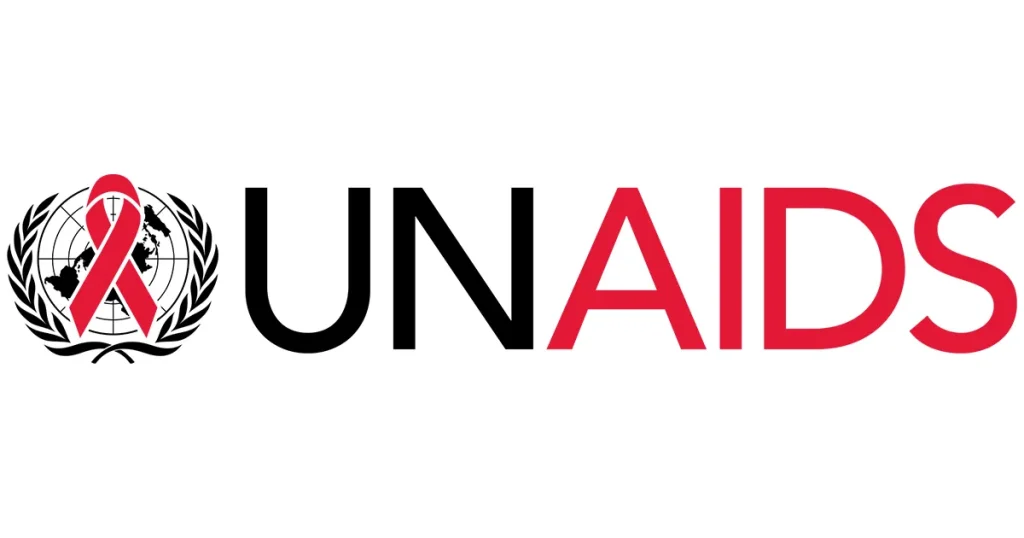According to a new UNAIDS data report, 30.7 million individuals living with HIV are currently receiving treatment.
A significant public health milestone has resulted in a 50% reduction in AIDS-related deaths since 2010, with the number reaching 630,000 in 2023.
Nevertheless, challenges persist. In Bangui, Central African Republic, young women and men gather at a sexual health centre to discuss methods for preventing disease transmission.
One of the educators identified as Gniwali answered questions and distributed medication.
“I am an orphan, I was the only one (out of three siblings) to take treatment every day and I took the treatment without stopping. I live with the HIV virus and this since I was born.”
The target of reducing AIDS-related deaths to 250,000 by 2025 is still a long way off. In 2023, there were still around 1.3 million new HIV infections. About half of the individuals who contracted the disease last year resided in eastern and southern Africa (35%) and western and central Africa (15%).

According to the UNAIDS country director, women in the Central African Republic are at an even higher risk.
“Gender inequality and gender-based violence have left women in Central African Republic more vulnerable to HIV, statistics show that among people aged 20-24 years,” Chris Fontaine explains.
Efforts to eliminate AIDS in children need to be increased.
Only 57% of children aged 0-14 years are receiving HIV treatment. Approximately 120,000 children aged 0-14 years were newly infected with HIV last year, and the number of AIDS-related deaths among children reached 76,000.
HIV is both preventable and treatable. No one should lose their life to this disease.


